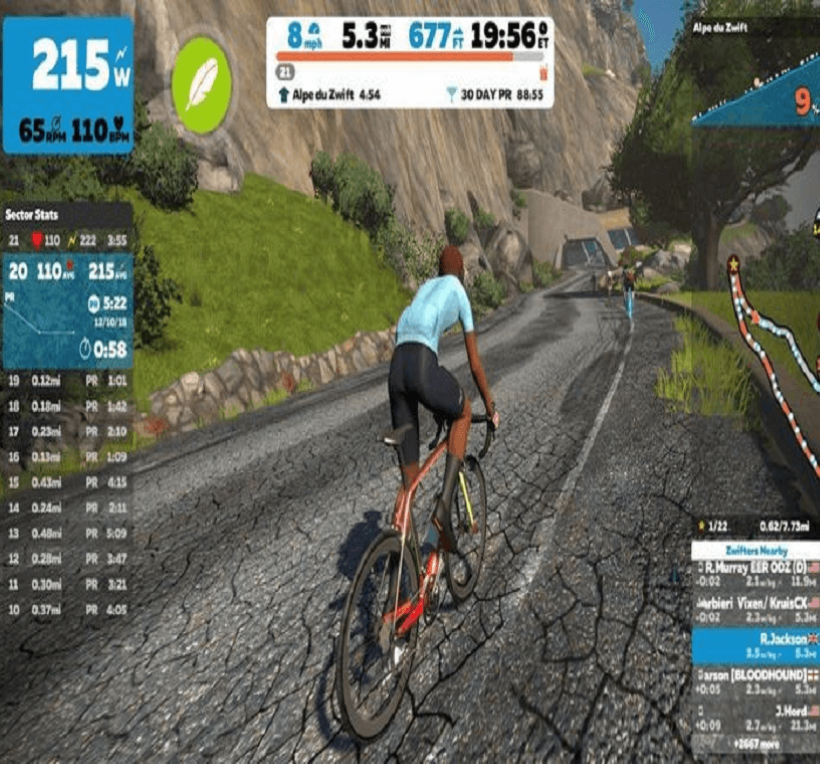

The Sportech Startup Playbook: How to Crack the Code with Sports Executives
2 Min Read
The Sportech Startup Playbook: How to Crack the Code with Sports Executives
Why Your Pitch Isn’t Landing (And How to Fix It)
Let’s get real. You have an amazing product. Your tech is cutting-edge. You’ve got AI, blockchain, or some other buzzword that should make sports executives jump at the opportunity to work with you.
But they don’t.
You walk into meetings, pitch your heart out, and get polite nods. Maybe even some excitement. But then… radio silence. No follow-up. No deal.
Why?
Because most Sportech founders don’t truly understand the mindset of the sports industry decision-makers sitting across the table.
And trust me, I’ve been there. Having worked with global sports organizations on strategy and innovation—often alongside ex-athletes turned executives, legacy industry veterans, and commercial leaders—I’ve seen exactly why startups struggle to gain traction.
Let’s break it down.
The Hidden Roadblocks in a Sports Executive’s Mind
Sports executives aren’t anti-innovation. But their world operates differently than yours. Here are the real reasons they hesitate:
1. The Short-Term Survival Mindset
In sports, the pressure to hit this season’s revenue targets is relentless. Media rights, ticket sales, and sponsorship deals pay the bills. Anything that doesn’t deliver immediate financial value gets pushed aside.
➡ Your move: Tie your innovation to an immediate revenue impact. Show them a path to quick wins—whether that’s fan engagement translating into ticket sales, better data unlocking sponsorship dollars, or operational efficiency saving costs right now.
2. Fear of Alienating Fans
Sports fans are passionate—and resistant to change. If an innovation risks disrupting the game-day experience or making fans feel like walking wallets, executives will hesitate.
➡ Your move: Frame your solution as an enhancement, not a disruption. Show examples of how similar innovations have succeeded elsewhere without backlash.
3. Lack of Internal Tech Expertise
Most sports executives are not tech people. They come from commercial, marketing, or legal backgrounds. While they may appreciate innovation, they often don’t have the technical depth to evaluate it.
➡ Your move: Don’t overwhelm them with technical jargon. Simplify your pitch. Make your solution feel like an easy plug-and-play rather than a complex IT overhaul.
4. Decision-Making Bottlenecks & Politics
Unlike startups, where decisions happen fast, sports organizations have layers of stakeholders—owners, CEOs, commercial directors, tech teams, and even coaches. Getting everyone aligned is a nightmare.
➡ Your move: Figure out the internal power map. Who has real influence? Who can kill your deal? Tailor your pitch to each stakeholder’s specific pain point.
5. “We’ve Been Burned Before” Syndrome
Many sports teams have experimented with tech that didn’t live up to the hype. Some have spent millions on digital projects that never delivered ROI. That’s why they’re skeptical.
➡ Your move: De-risk the decision for them. Offer pilot programs, revenue-share models, or case studies showing real-world success stories.
6. Innovation as a Side Project
For many clubs, innovation sits in a small team with no budget or real decision-making power. If you’re only talking to the “Head of Innovation,” you’re likely stuck in a loop that never reaches the real decision-makers.
➡ Your move: Get in front of the CEO, CMO, or Chief Revenue Officer. Make innovation a commercial priority, not an R&D experiment.
7. Legacy Tech & Integration Nightmares
Many sports organizations are running on outdated CRMs, ticketing systems, and fragmented fan data. They love innovation in theory but fear the cost and complexity of integrating new tech.
➡ Your move: Show them how your solution works with what they already have. Offer API integrations or step-by-step adoption plans to make it feel less overwhelming.
8. The Sponsorship Trap
Too often, sports teams treat innovation as a sponsorship activation rather than a core business strategy. That means your solution might get tied to a short-term brand campaign rather than a long-term deal.
➡ Your move: Position innovation as business transformation, not just a cool marketing stunt. Show them how tech can create recurring revenue, not just one-off activations.
9. Overreliance on Big Tech
Clubs often default to working with the Amazons, Googles, and Metas of the world. It feels “safe.” But this also means they lose control over their fan data and digital assets.
➡ Your move: Differentiate by offering agility, ownership, and customization. Show why a startup solution gives them more control than a Big Tech black box.
How to Win: The Sportech Founder’s Playbook
Now that you know the challenges, here’s how to change your approach and start closing deals.
✅ Sell Outcomes, Not Just Features – Instead of saying, “We have an AI-powered fan engagement platform,” say, “Our tech increases ticket sales by 15% and drives 3x more sponsorship value.”
✅ Start Small, Prove ROI Fast – Offer low-risk pilots with clear KPIs. Once they see results, scaling becomes a no-brainer.
✅ Make It Easy to Say Yes – Address integration fears upfront. Show how your solution fits seamlessly into their existing tech stack.
✅ Get Buy-In from the Right People – If you’re stuck pitching to the innovation team, you’re talking to people with zero budget power. Get in front of commercial leaders who actually control spending.
✅ De-Risk Their Decision – Offer flexible contracts, performance-based pricing, or guaranteed results to remove hesitation.
✅ Tell the Right Stories – Sports executives trust case studies from their peers. Show them how other clubs have successfully implemented similar innovations.
Final Thoughts: Master Their Mindset, Win the Deal
At the end of the day, sports executives don’t care about how futuristic your tech is. They care about:
• Revenue growth (Show them the money.)
• Fan experience (Don’t mess with their core audience.)
• Operational efficiency (Make life easier, not harder.)
If you can position your solution through their lens, rather than just hyping your tech, you’ll start turning polite nods into real contracts.
So before your next pitch, ask yourself:
Am I just selling tech, or am I solving a real business problem for them?
Master their mindset, and you’ll master the art of closing deals in sports.
Startup Founder Ready to Make an Impact? – Let’s Connect!
Amir Raveh,
CEO – HYPE Sports Innovation




Comments
Allen Marrinson
Excellent points Amir. I am reviewing our funding presentation with these in mind, especially demonstrating that our sports media technology does not dis-engage the sports fan audience. Thank you.